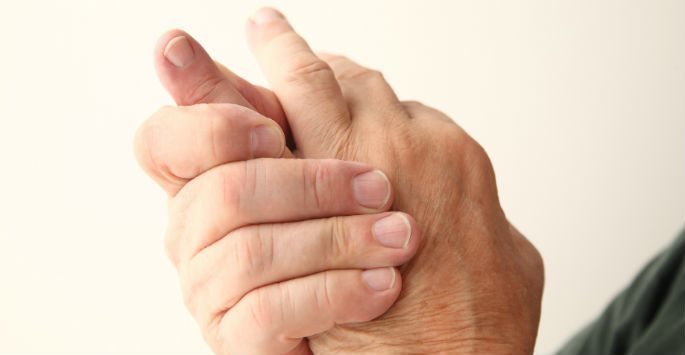Ranging from minor cuts and small wounds to broken bones and nerve damage, hand and finger nerve injuries are a relatively common occurrence. When a nerve in the hand or fingers is injured, symptoms can include loss of strength, sensation and muscle control.
Four nerves, two on each side, support the movement and sensation of your fingers. These nerves can be bruised and stop working properly for a short period. With this type of injury, the nerves usually heal and fully recover over time with little or no lingering side effects. These finger nerve injuries may not require advanced treatment.
A severe injury can cause more complex nerve damage that will require medical intervention to correct. Nerve damage can result in pain and weakness. If left untreated, your hand or fingers may weaken to the point where they become non-functional. As a result, early diagnosis and careful treatment will enable a faster and more complete recovery.
When an injury to the hand or fingers shows the signs of nerve damage, an assessment will be made to show the extent of the harm. You will undergo diagnostic testing to evaluate the level and speed of nerve activity. The results will enable our medical professional to determine the level of damage and customize a proper treatment protocol.
Damaged nerves that cannot heal on their own usually require surgery to reconnect the ends. Surgically repaired nerves as well as those not requiring an operation will undergo rehabilitation that focuses on preventing further damage, promoting movement and sensory reeducation.
The injured area will be immobilized initially in a safe position to prevent further damage and allow the healing process to begin. Some movement may be allowed to keep the nerve from atrophying. Once the nerve is healed, you will undergo physical therapy to learn how to compensate for any residual loss of feeling or muscle control. This therapy will enable you to use your hand and fingers in a more normal manner while learning how to avoid future complications.
Severe nerve damage will require extensive therapy to reeducate a patient in this circumstance on how to compensate for the loss of sensation in the affected area. The brain will have to be reprogrammed to process the new signals and produce the required level of dexterity.
If you have suffered a hand or finger injury, schedule a consultation at Arora Hand Surgery for a full examination to determine the extent of the damage. The results of the evaluation will enable us to determine the best course of treatment to produce optimal results. The sooner that you address hand and finger nerve injuries, the quicker your quality of life will improve. We have offices in West Bloomfield, Howell, Warren, and Macomb Township. Contact us today to book an appointment to learn more.

















